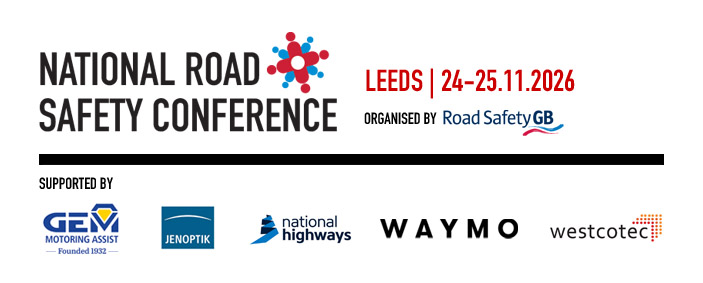Improving skid resistance reduced injury accidents on wet roads by nearly 40%
A method has been developed to help local authorities identify the locations that will most benefit from maintenance to improve road surface skid resistance.
The method, known as the LASR approach, combines information about the road characteristics, skid resistance, traffic flow and collision history to obtain a priority ranking for each location. It is based on the results of a collaborative research project, supported by funding from The Road Safety Trust, involving 19 local authorities and provides a practical approach to assessing risk, consistent with best practice in asset management. The background to and the basis of the method will be described.
Any local authority wishing to implement the LASR approach to assess their skid resistance data is invited to collaborate with the established local authority Steering Group.
 Dr Helen Viner, Director, Enodamus Ltd
Dr Helen Viner, Director, Enodamus Ltd
Dr Helen Viner has been involved in skid resistance research since joining the Transport Research Laboratory as a junior researcher in the late 1990s. Her first project there was a large experimental programme that linked road surface texture with friction performance.
She was later involved in research on collision rates, which underpinned updates to DMRB standards, investigated “early life” friction phenomena and participated in (not entirely successful) efforts to harmonise the measurement of skid resistance in Europe.
Now an independent analyst, Helen was the lead investigator for the recent research on local roads and developed the concept for the LASR approach. She also now has a part time role with National Highways.
